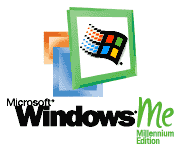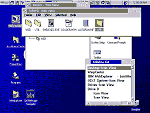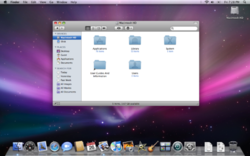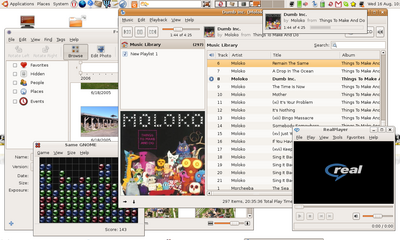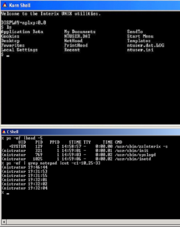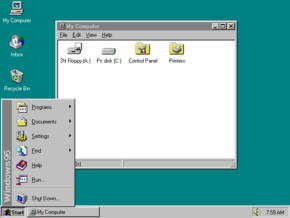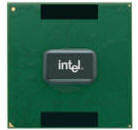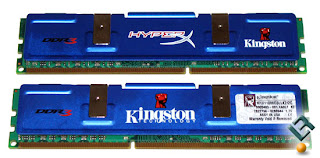
Intel’s 915P chipset is already taking its place as the logical successor to the 865P. The latest motherboard to be based around this new chipset is the flagship of Gigabyte’s 8 Sigma series, a board clearly aimed at the system builder that wants it all. Whether you’re looking for gigabit networking, 800MB FireWire support or wireless networking as standard, you won’t be disappointed.
document.write('');
Not all of the features on offer are obviously useful, with Gigabyte’s Dual Power System still appearing to be little more than a board with pretty LEDs on it. It purports to provide a better power signal to the processor, but this certainly isn’t a requirement from Intel. The trendy heat-pipe for this expansion card crowds the processor fan, too.
The inclusion of a wireless networking card is a far more welcome sight, as the migration of these essential devices from notebooks to desktop systems is long overdue. Drivers are included on a separate disk but, when combined with the integrated gigabit Ethernet, the network potential of a system built around this motherboard is phenomenal. The accompanying software is somewhat tricky to set up but, once you’ve put the time in, you shouldn’t have any lasting qualms.
Gigabyte has helped make the transition to the new standard a little easier by supporting DDR, in addition to the newer DDR2 standard. This is a wise move as there’s no obvious benefit from even 533MHz memory over the existing DDR400 DIMMs currently available. The inclusion of an IDE RAID controller is also worthy of applause, as it will enable you to port across your existing drives without having to purchase SATA models.
The installation routine for motherboards isn’t something to get excited about, but Gigabyte does have one of the better systems we’ve ever seen. The automated script restarts Windows when needed, requires minimal user intervention (only once for a non-signed driver) and finishes with the motherboard totally ready for use.
In terms of performance, it’s still early days for Intel’s new chipset, and manufacturers haven’t optimised everything completely but, even so, the SYSmark 2002 of 326 is reasonable for the test set-up. When you consider the board’s performance alongside a great feature-set, this is a motherboard to covet. It’s just a shame it costs so much.

